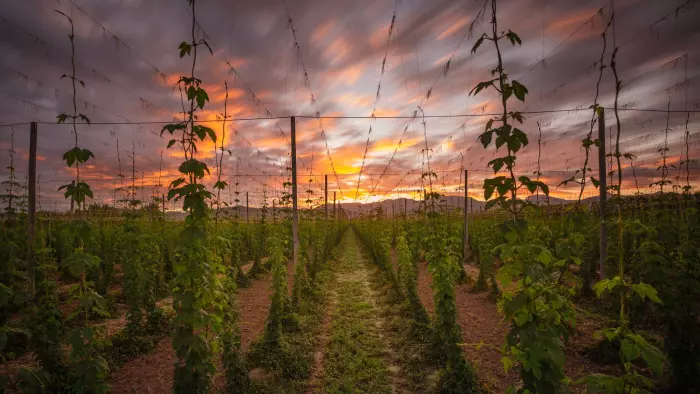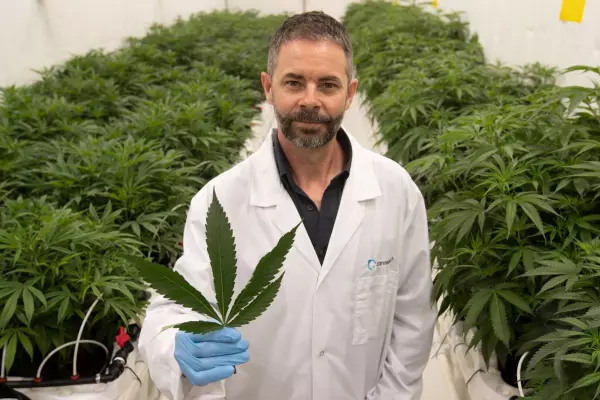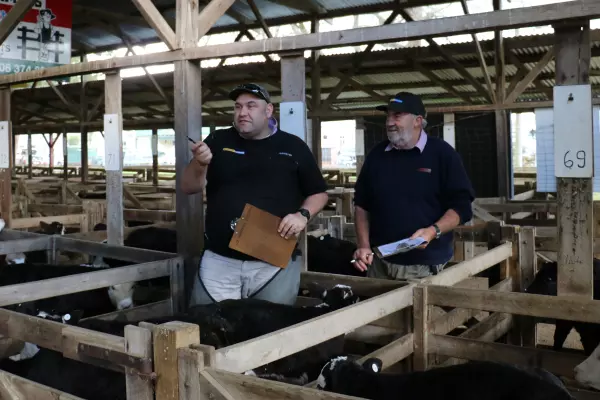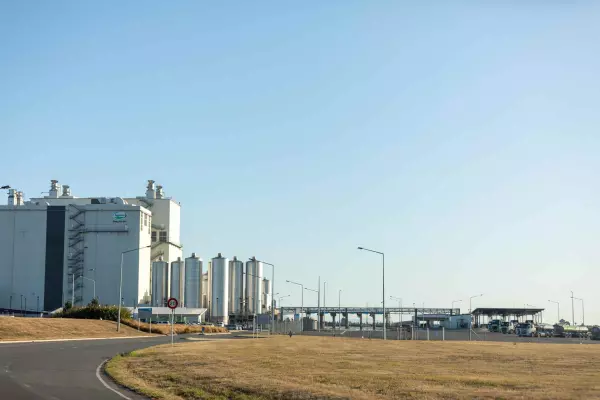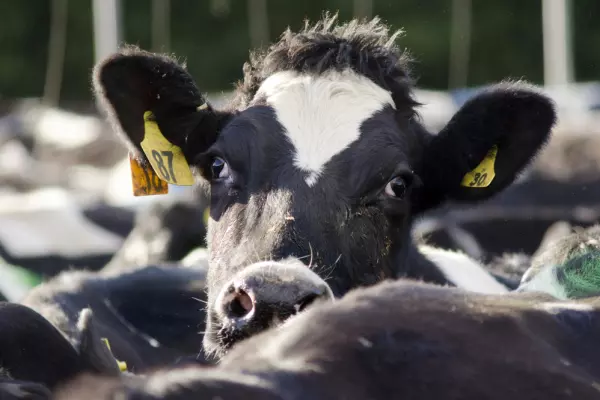Craft beer drinkers can relax.
The hailstorm that hammered the Nelson region on Boxing Day, knocking out as much as one-fifth of this season’s hops crop, won’t have much impact on the price of beer.
That’s according to the co-operative NZ Hops, whose 27 growers produce most of the local hops used by many of New Zealand's 200 craft beer makers.
But the local industry isn't the biggest user of the locally-grown product responsible for giving beer much of its flavour and aromatic profile.
Last season, the local craft beer industry accounted for about 20 percent of its total NZ yield of 1,046 tonnes, from 2.3 million plants across 763 hectares and covering 18 different varieties of hops.
Double that, or 40 percent, heads to the US market, 17 percent is exported to the UK, Australia accounts for 11 percent with the remainder sent to Asia and other countries.
Last season those exports represented about $40 million in sales for the co-op.
The other reason for the muted impact on prices is most New Zealand hop growers, all of whom are based in the traditional hop heartland of Nelson, operate with forward contracts of two-to-five years.
That has seen pricing in a range between $40/kg for the market-leading Nelson Sauvin to $65/kg for the more fickle Riwaka variety. Local brewers will pay about $40/kg for imported US brands, which are plentiful.
Worker shortage
Outside of weather issues, the industry also expects to be short as many as 500 workers during the looming February and March harvest months with limited access to foreign workers.
Still, NZ Hops has frothy ambitions for expanding its presence into the North American, Australian and European brew markets over the next few years.
Chief executive Craig Orr said the long-term focus was to shift from a grower-led to a market-led business, maintaining leadership in production terms “but also in a value sense through a strong, branded model.”
Given the NZ hops industry represents only about 1 percent of the global hop market, “if we can’t double that we shouldn’t be in the business we’re in.”
The good oil
A key ingredient will be the launch of a range of hop oils, which will help position the NZ industry to capture increased global market share through supply into super-power brewers like Heineken and Anheuser-Busch.
While most hops are sold in pellet form, Orr told BusinessDesk NZ Hops now had a joint venture partnership in place with UK-based Totally Natural Solutions to convert NZ grown hops into a range of variety-specific extracts.
Those concentrated oils will target North American and European brewers.
Orr, the former business development general manager of fishing company Moana, said it is about "creating a higher level of efficiency and getting us into a higher level of brewing customers."
"We’ve never had the ability to supply large brewers as we’ve simply not had enough hops.”
The co-op is also looking at expanding production into available land, and is packaging up an information memorandum to growers and investors who may want to jump into the hop industry.
Orr has made several appointments aimed at developing business streams, particularly in the US market, while expanding the NZ land base.
This might include using hop growers in North Canterbury or Otago which offer similar growing conditions. Orr said the co-op had already started trials with contracted, non-shareholder farmers.
Independent players
The focus on marketing and innovation is a sea change from the monopolistic co-op which has operated essentially on an agency basis since its inception in 1993, providing forward contracts and handing bale receipts to its growers.
The catalyst for change has largely been the emergence of independent growers, in the form of upper Moutere’s Freestyle and Tapawera’s Hop Revolution.
Freestyle is known to have developed supply agreements with US brewery Sierra Nevada and at home with Wellington’s Garage Project.
The newest independent, Hop Revolution, exported 100 percent of its first crop to a range of US craft breweries last year.
Chief executive Jason Judkins said the intention from this year will be to “hold some of that back" for the local market.
Judkins said it is now planting its 115-hectare, Wairua hop garden on a former dairy farm next door to Tapawera in the hopes of doubling production from March 2022.
Funding for the venture, a conversion from a former dairy farm, came through a hop farm syndicate under MyFarm.
But while both independent players held plant variety rights on NZ’s most popular hop export, the Nelson Sauvin — which has featured in the UK’s BrewDog and Sapporo Brewery’s Yebisu beer — that won’t be the case for new varietals.
Zespri-style
Orr said NZ Hops was adopting a Zespri-style model to protect its intellectual property.
Its equivalent of the Sungold Kiwifruit is Hort 4337, developed with the help of Plant & Food.
That is now being marketed under the Nectaron brand which acknowledges its developer Dr Ron Beatson, a hop breeder for almost four decades and considered the doyen of the industry.
“Nectaron has got farmers and brewers excited,” Orr said.
It’s like a “citrus bomb”, with overtures of pineapple, he said. However, like most hop profiles, the ultimate taste and aroma characteristics will perform differently depending on other influences, such as the yeast used and dosage rates.
Hazy IPAs
“But it lends itself well to IPAs and hazy IPAs, has gone well with pale ales and we’re seeing it pop up in pilsners too.”
Orr suggests that makes it a contender against recent aroma hops out of the US, like Citra and Mosaic.
But the main focus, he said, was to retain control of distribution though “it wasn’t about competing on scale.”
“We’ve only had 25-tonnes produced so far but we’ve sold half into the US, some into Australia and some to the usual suspects.”
In NZ those include Wellington’s Parrot Dog and Auckland’s Behemoth craft breweries.
Developing a new variety takes time and investment.
“Typically a new hop will take 15-to-16 years to get to commercial stage production, with development costs of well over $1 million by the time it gets to trial stage.”
The critical ingredient has been the development and ongoing support for ongoing breeding research, which Orr said was split into both emerging and advanced breeding programmes.
The co-op was also looking into developing alternative income, for example in taking up the waste streams of vines and converting those to textiles and other products.


